|
If you haven’t tasted Lugana wines yet, you are in for a treat! Lugana is a small DOC located in northern Italy, south of Lake Garda. In addition to being one of Italy’s oldest protected wine-growing areas, it is also one of the few Italian wine regions spread over two provinces, Verona and Brescia. Lake Garda is one of the northernmost Mediterranean climates in Italy despite its location at the foothills of the Alps, and it is Italy’s largest lake. The lake basin was shaped by glaciers from 600,000 years ago, which left behind a significant accumulation of material, the morainic hills, deposited in the large amphitheater of Lake Garda. The lake water is colder than the air in summer and warmer in winter, which significantly impacts the temperature, lessening the hot summers and harsh winters here, and is beneficial to the vineyards. The Consorzio Tutela Lugana DOC said, “The area is characterized by very particular soil, made up predominantly of white clays and limestone, and capable of giving the grapes cultivated here extraordinary elegance and tanginess.” The Consorzio Tutela Lugana DOC was established in 1967 and was the first to be given this status in Lombardy. Their mission is to supervise, defend, and promote, with particular emphasis on protecting and highlighting the qualities of the denomination and its wine. Turbiana is the region’s signature white grape. It is a versatile grape used to make dry, off-dry, sweet, and sparkling wines ranging from light to complex. Because the grape is salty and high in acid, it gives way to wines with delightful freshness, crisp acidity, pleasant salinity, and minerality, with floral notes, white stone fruit, tropical fruit, citrus, and almond. Lugana region produces five distinct styles of wine made from Turbiana, with DOC designation. The styles are Village-level Lugana, Superiore, Riserva, Vendemmia Tardiva (late harvest), and Spumante (sparkling). The DOC stipulates that Turbiana must make up at least 90% of the wine. Here are two Lugana DOC wines that will please your palate. Tenuta Roveglia Limne Lugana DOC 2022
This wine is 100% Turbiana. Grapes are hand-picked from 25 to 35-year-old vines. Fermentation takes place in stainless steel tanks, and the wine then ages four to five months in the tanks. Nose: Floral, citrus, green apples, and almonds Palate: A dry and refreshing wine with citrus, minerality, fresh acidity, and hints of orchard fruit. Alcohol: 13.5% SRP: $15 Pairing suggestions: Aperitif, appetizers, seafood, grilled white meat, salads, or light pasta. Tommasi Le Fornaci Lugana DOC 2022 This is 100% Turbiana. Grapes are obtained from clay soil, giving body and structure, and sandy soil imparting aroma and elegance. The grapes undergo a slow fermentation followed by aging in stainless steel tanks. Nose: Sweet floral notes, orchard fruit, minerality, and citrus. Palate: Floral, tropical fruit, pear, citrus, and minerality. It is fresh and lively with a hint of almond lingering on the finish. Alcohol: 12.5% SRP: $20 Pairing suggestions: Appetizers, cheese, seafood, mushroom risotto, BBQ, or spicy Asian cuisine. Lugana wines are fun to sip year-round. They are easy to pair with most cuisine or enjoy as an aperitif! Until next time… Cheers! Penina This is a sponsored article written for The Consorzio Tutela Lugana DOC for which I received compensation. To leave a comment or if you have an inquiry, please contact me at [email protected] A few months ago, I was invited to participate in a virtual tasting of six Bardolino Cru wines presented by the Consorzio Di Tutela Chiaretto e Bardolino and led by Angelo Peretti, Director. Below is a brief outline of our meeting and some interesting facts! The Bardolino wine region is located in the province of Verona in the Veneto region of northeastern Italy, bordering the eastern shores of Lake Garda. In 1825, three areas within the Bardolino winemaking region were identified and recognized by international grape merchants for their production of fine and elegant wines. These crus (subzones) are La Rocca, Montebaldo, and Sommacampagna. In 1968 Bardolino wines were given DOC title, but the three crus were not included. It wasn’t until 2015 that the Bardolino Cru project was initiated, and in 2018 the Consorzio asked the Italian government to recognize the crus. Finally, on April 12, 2021. the wines from all three crus were officially produced with DOC title and new regulations approved by the Italian government. The name of the cru has to be written in large font above the name Bardolino on every bottle due to each cru being a subzone with its own specific regulations. Bardolino wines are made with Corvina and a small percentage of Rondinella, both indigenous red grapes of the Verona province. About 25% of the wineries are organic, which is about 18% of the vineyards, with many of the wineries converting to biodynamics. Lake Garda is the largest lake in Italy and is one of the northernmost Mediterranean climates in Italy despite its location at the foothills of the Alps. The lake water is colder than the air in summer and warmer in winter, which significantly impacts the temperature, lessening the hot summers and harsh winters here. The lake basin was shaped by glaciers from 600,000 years ago, which left behind large deposits of material, the morainic hills, deposited in the large amphitheater of Lake Garda. Bardolino region is situated on the eastern shore of this morainic amphitheater. Due to the many deposits left by the glaciers, there are 66 different soil types that the zoning project has identified. Here are three wines to tempt your palate, one from each cru. La Rocca La Rocca is named for the hill overlooking Lake Garda. It is the closest district to the shores of the lake. Wines from this cru typically have a complex bouquet that usually includes raspberry and cinnamon. Giovanna Tantini La Rocca Bardolino DOC 2020 This wine is made with Corvina and a small amount of Rondinella. The grapes are handpicked and sourced from vineyards with morainal, gravelly, calcareous, and alluvial soils. Each grape variety is vinified separately, then blended and aged, 80% in stainless steel for 15 months and 20% in 5 hectolitre tonneau for one year. It remains in bottle for three months. The color is bright ruby with notes of fresh berries, cherry, sweet spice, and nice acidity, and it is smooth and balanced. Serve with meat, risotto, fish, light stews, or cheese. Montebaldo The name for this cru is derived from the mountain of the same name. It is the northernmost and highest point, with higher altitudes and a cooler climate. Wines from this cru typically have aromas of strawberries and cloves. Vigneti Villanella Montebaldo Bardolino DOC Morlongo 2020 The grapes for this wine are Corvina, Rondinella, and Corvinone. They are sourced from vineyards in the south-facing morainic hills in the hinterland of the lake. The soil is clay mixed with limestone. The blend is aged in large oak casks and then time in the bottle before release. The wine is bright ruby with a hint of garnet. Lovely aromas of fresh fruit with notes of strawberry and baking spice segue onto the palate. Hints of black pepper, balsamic, and strawberry linger on the finish. Serve with pasta, risotto, grilled chicken, fish, or appetizers. Sommacampagna This cru is in the southeastern hills and is the most southern cru and the warmest. Wines lean toward notes of cherry and black pepper. Monte Del Frà Sommacampagna Bardolino DOC Bonomo 2020 The grape varieties for this wine are Corvina, Rondinella, and Molinara, sourced from vineyards with original morainic and calcareous soils. The wine is aged in wooden barrels used for the third time. The wine is cherry red with red berries, cherry, sweet spice, and black pepper on the nose. The palate is fresh and lively, with berries, cherry, spice, and a hint of tea and herbs. It is smooth and balanced with a long finish. Enjoy this wine with appetizers, pasta, grilled meat, poultry, tapas, or seared tuna.
While on a press trip a few years ago, I visited three wineries in Custoza DOC, Bardolino’s neighbor. (first map) Part of the tour included Monte Del Frà, owned by the Bonomo family, and where their winery headquarters are located. Sommacampagna is one of 11 territories that the Bonomo family owns throughout Verona. The tasting lineup that day included the above wine. If you want more information about Monte Del Frà, please click on the link below to read my article. thewineknitter.com/1/post/2020/01/custoza-doc-wines-worth-knowing.html The Bardolino Cru wines are elegant, expressive, light, and very food friendly. Wines from this region are worth trying. Presently, approximately 20 wineries export to the USA. I can’t wait to explore this region, visit wineries, and taste more wines! Until next time… Cheers! Penina To leave a comment or if you have an inquiry, please contact me at [email protected] Spring is in the air, and I’m taking a virtual trip to the Lake Garda region in northern Italy to savor a few wines and cheese. Lake Garda is the largest lake in Italy and is one of the northernmost Mediterranean climates in Italy. Garda DOC comprises ten historic appellations mainly located along the western shore. A predominantly hilly production area surrounds the lake, extending from Valtènesi to Valpolicella, from the banks of the Mincio River to Verona. From the maps below, one can se that Garda DOC is partially located in Lombardy and then continues eastward onto a small area in Veneto. To kick off the spring season, I have two wines, some delectable Piave DOP cheese from the Veneto region, and a mouth-watering recipe from the kitchen of MamaBlip in Florence. Valtènesi Riviera Del Garda Classico Rosso DOC Valtènesi is a subzone of the DOC for Chiaretto. This lovely rosé is sourced from vineyards in Lombardy, and the blend is Groppello, Sangiovese, Barbera, and Marzemino. The soil is rich in mineral salts which adds sapidity to the wine. Nose: Floral, red berries, citrus, and spice. Palate: Aromas segue onto the palate with a touch of saltiness, red ruby grapefruit, honey, and spices that linger on the finish. A fresh and lively wine! Alcohol: 13% Cantina Di Custoza Spumante Extra Dry, Garda DOC The grapes for this sparkling wine are sourced from the Veneto area and are a blend of Chardonnay and Garganega. The Charmat method is used to produce this wine. Nose: Delightful floral and red fruit aromas. Palate: Fine bubbles with notes of pear, peach, honeysuckle, and minerality. The gentle fruit and floral notes combined with the nutty flavors of Piave cheese are divine. Alcohol: 11.5% Piave DOP is a hard, cooked curd cheese that is only produced from indigenous Italian cattle breeds in the Dolomites area of the Belluno province in Italy’s Veneto region. The Consorzio di Tutela Del Formaggio Piave was created in 2010 to protect from misuse or counterfeiting, in addition to making sure that all traditional production techniques are used. There are five different age classifications, with ages ranging from 20 days to over 18 months. Piave Fresco DOP (20/60 days), Piave Mezzano DOP (61/180 days) Piave Vecchio DOP (>180 days), Piave Vecchio Selezione Oro DOP (>12 months) Piave Vecchio Riserva DOP (more than 18 months). Piave Mezzano DOP Mezzano is a medium-aged cheese with a straw yellow color and aromas of nuts and milk. The palate offers mild, buttery, fruity, and sweet and savory flavors. Piave Vecchio Selezione Oro DOP (12 months) The color of this cheese is dark yellow showing its age. It is rich and smooth with a pronounced walnut flavor, hints of fruit, and a touch of sweetness. The sweet and savory flavors linger on the palate. Piave DOP cheese is an excellent addition to recipes as well as enjoying with a glass of wine. Here is a recipe to savor, courtesy of mamablip.com, based in Florence, Italy Risotto with Artichokes and Piave Cheese
“Risotto, artichokes, and cheese: what can go wrong? In our eyes, absolutely nothing, but making the perfect risotto is sometimes harder than you think. That is where Piave DOP Cheese comes into play: although most risottos finish with a little parmesan cheese to better amalgamate the dish, making cheese one of the starts of this dish really makes a difference! If artichokes are in season, we recommend using them as often as possible: their nutritional values and benefits are immense. It doesn’t hurt that they're absolutely amazing and packed with taste!” mamablip.com Ingredients: Onion 0.5 Carnaroli Rice (for Risotto) 320 grams Artichokes 4 Piave DOP Vecchio Cheese 100 grams White wine 1 cup Salt as needed Preparation: Prepare the Risotto Finely mince the onion. In a large saucepot, boil the broth that will be used to cook rice. In a sauté pan, heat extra-virgin olive oil to coat the pan. When heated, add the onion and cook until lightly browned. Once browned, add rice. Cook until lightly toasted over low heat, add white wine. Once the wine has cooked off, slowly add broth a ladleful at a time. Add more liquid as rice absorbs the broth. Add artichokes Using a sharp knife, remove upper part of artichokes, then remove tough outer leaves until you reach soft inner leaves. Remove green section surrounding the artichoke heart, and cut artichokes lengthwise. You should have 8 quarters from each artichoke. When the risotto is halfway cooked, add the artichokes and continue cooking by adding broth. Complete the Risotto Dish: When the risotto is cooked, turn off the heat. Season with salt, add a cube of butter, possibly cold, and shave a generous portion of Piave DOP cheese. Continue stirring slowly for at least 2 minutes to 'mantecare' your risotto. Serve hot. Until next time… Cheers! Penina To leave a comment or if you have an inquiry, please contact me at [email protected] |
Categories
All
|

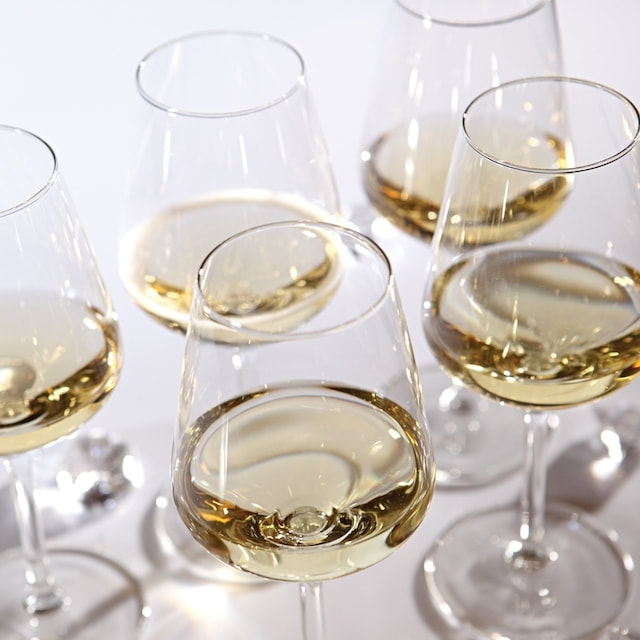
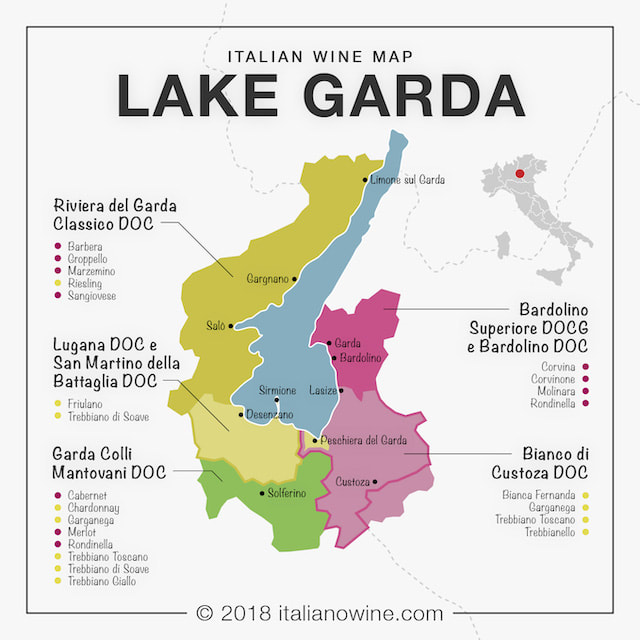
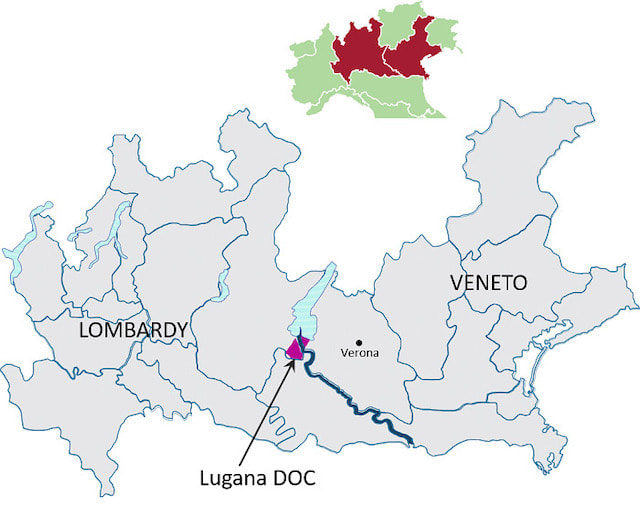
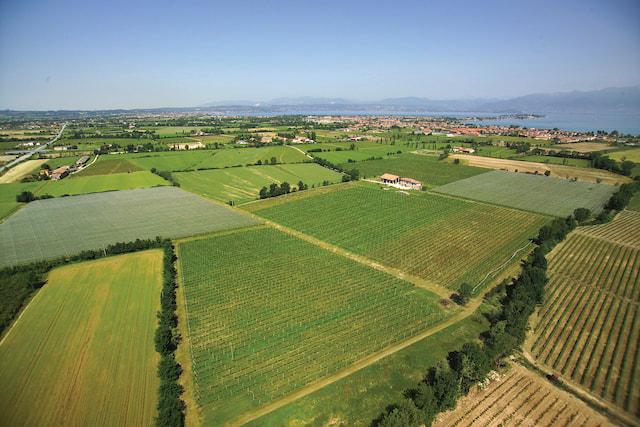
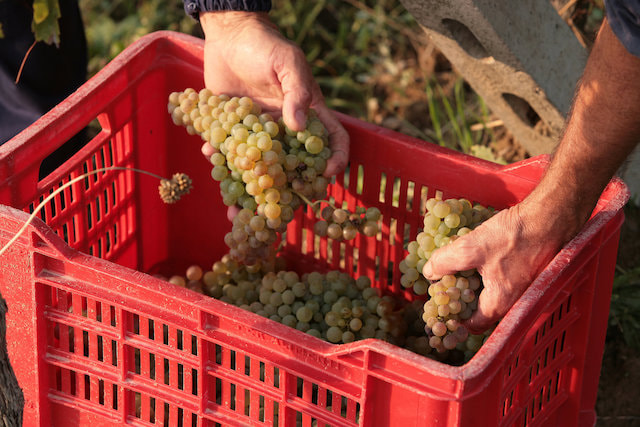
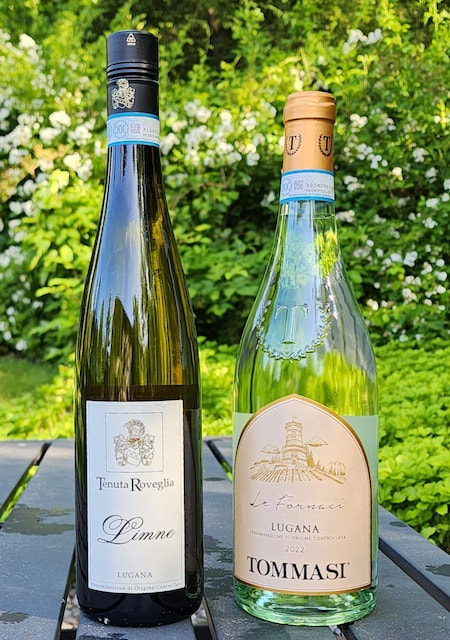
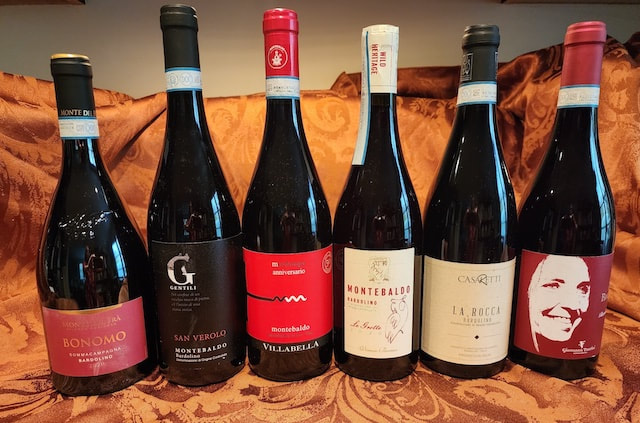
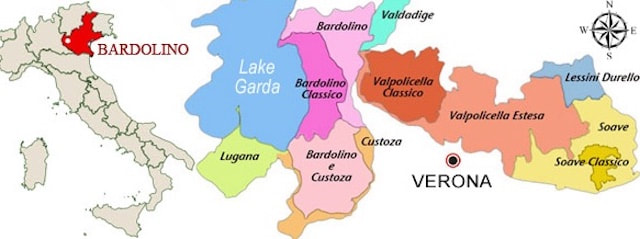
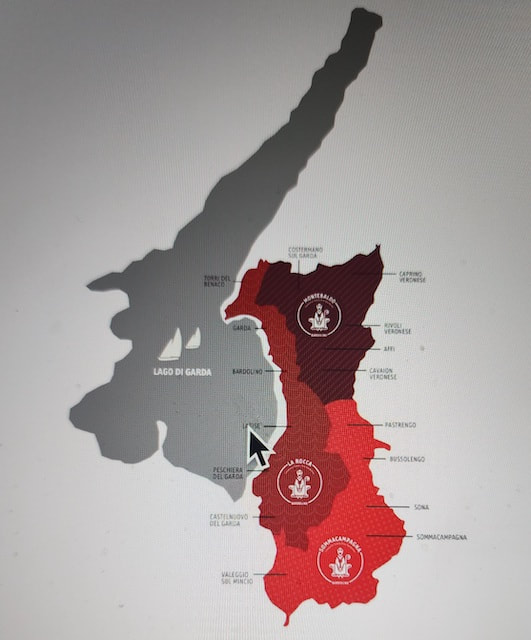
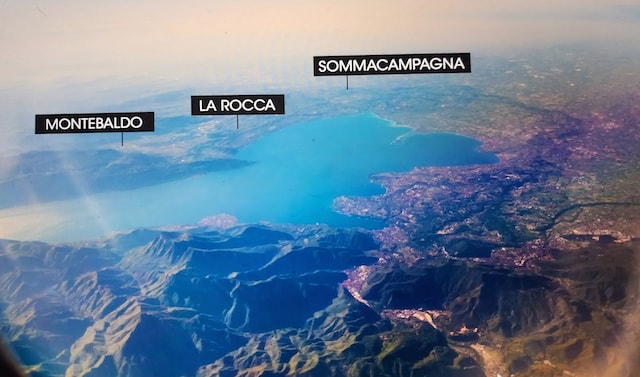
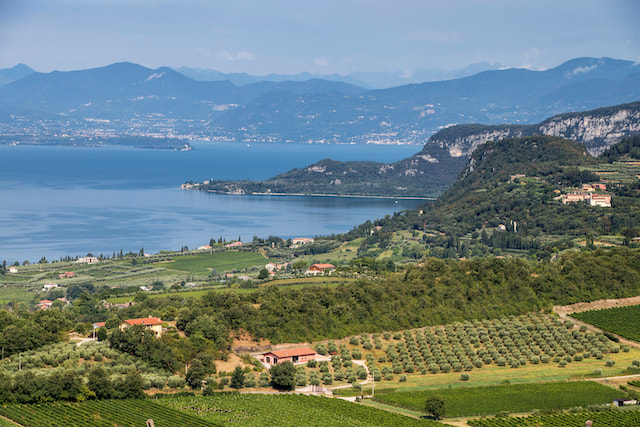
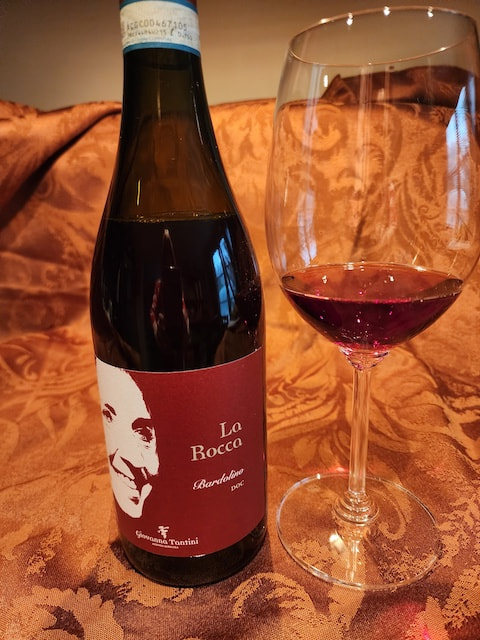
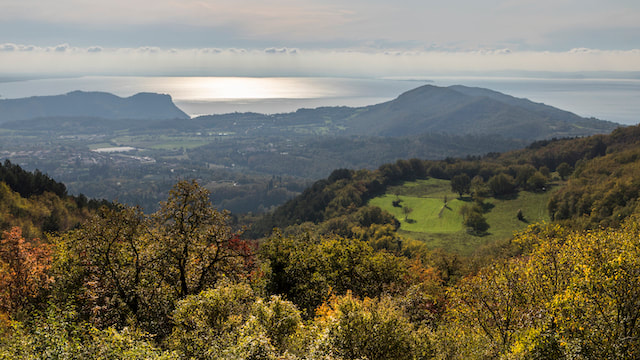
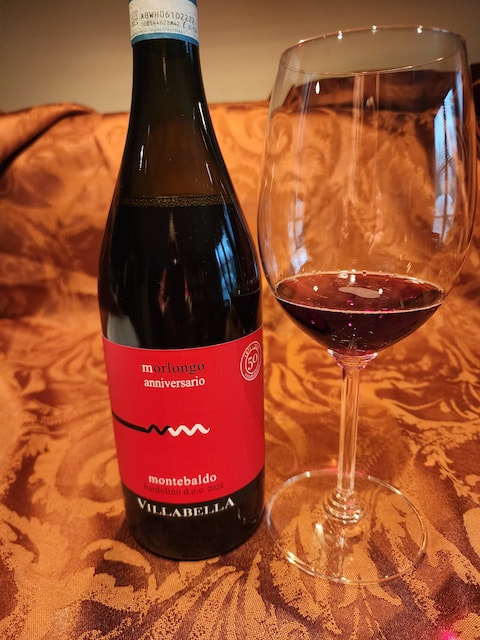
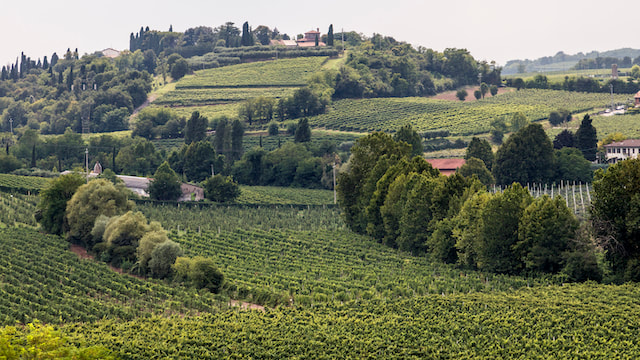
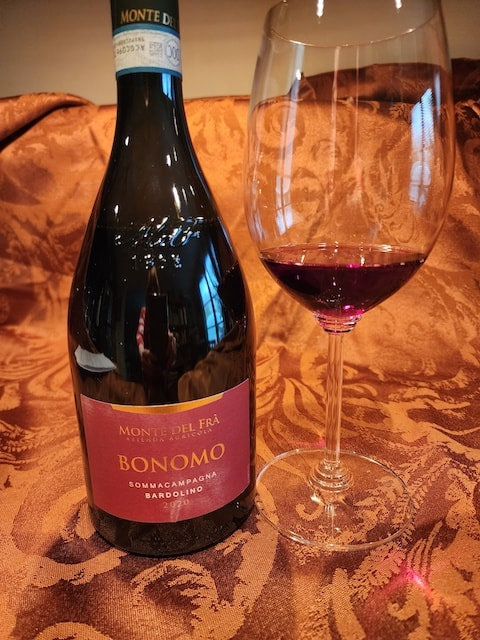
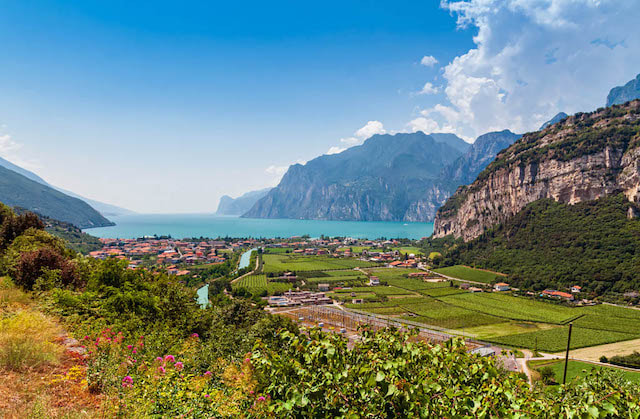
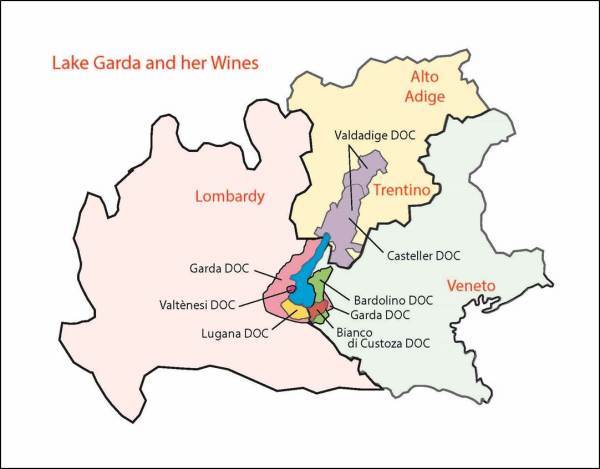
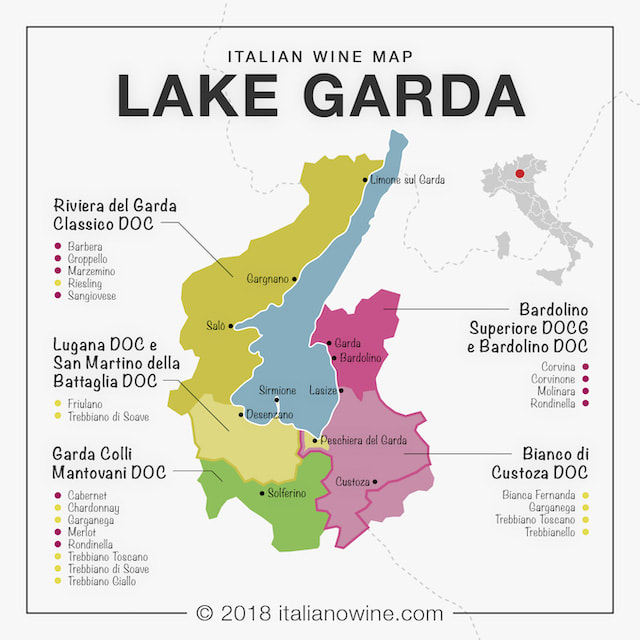
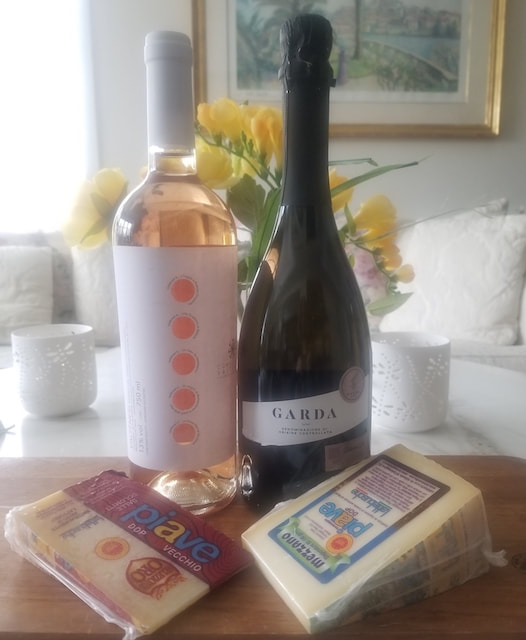
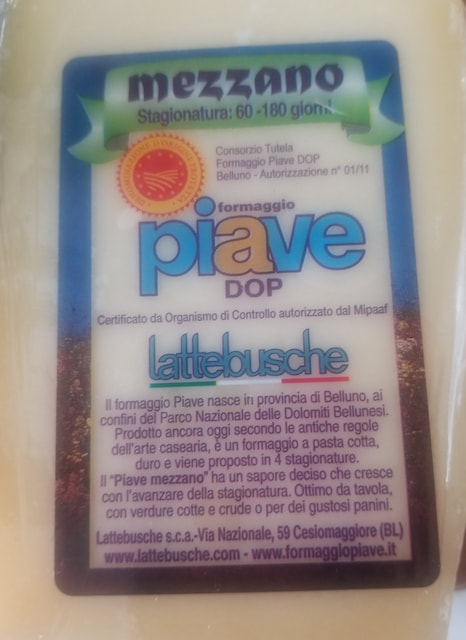
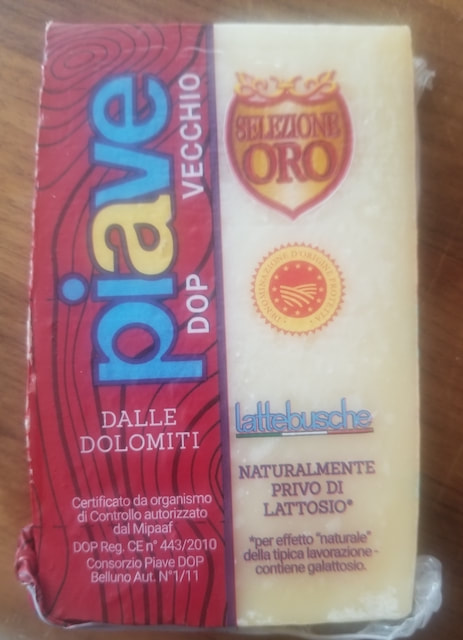
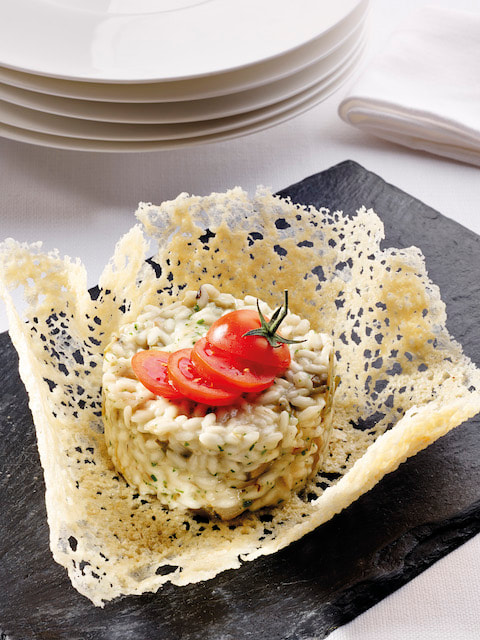
 RSS Feed
RSS Feed